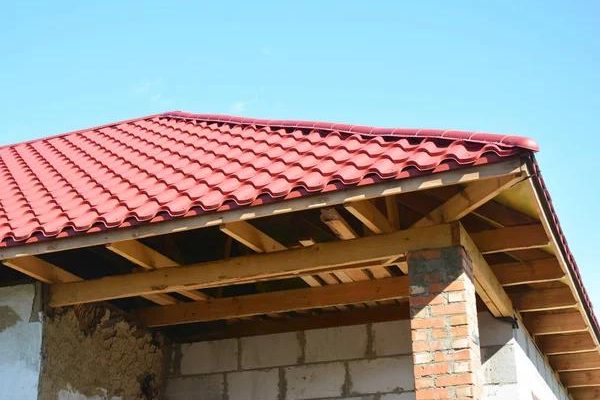Energy-Saving Tips to Reduce Your Home’s Carbon Footprint
Reducing your home’s carbon footprint is an important step in combating climate change and preserving the environment for future generations. One of the most effective ways to reduce your carbon footprint is by implementing energy-saving tips in your household. By making simple changes to how you use energy, you can not only save money on your utility bills but also help protect the planet.
One of the easiest ways to reduce your home’s carbon footprint is by being mindful of how you use electricity. Turning off lights and unplugging electronics when they are not in use can significantly lower your energy consumption. You can also switch to energy-efficient light bulbs, such as LED or CFL bulbs, which use less electricity and last longer than traditional incandescent bulbs.
Another way to save energy and reduce your carbon footprint is by investing in energy-efficient appliances. When shopping for new appliances, look for products that have earned the Energy Star label, which indicates that they meet strict efficiency standards set by the Environmental Protection Agency. Energy-efficient appliances not only consume less electricity but also perform better and last longer than their less efficient counterparts.
Proper insulation is another key factor in reducing your home’s energy consumption. Insulating dive deeper your walls, floors, and attic can help keep warm air inside during the winter months and cool air inside during the summer months, reducing the need for heating and cooling systems to work overtime. Additionally, sealing any drafts or leaks around windows and doors can prevent heat from escaping in the winter and entering in the summer.
Using programmable thermostats can also help you save energy and reduce your carbon footprint. These devices allow you to set specific temperatures for different times of day, so you can adjust your heating and cooling systems based on when you are at home or away. By using a programmable thermostat wisely, you can avoid wasting energy on heating or cooling an empty house.
Finally, consider installing solar panels on your roof to generate clean renewable energy for your home. Solar panels harness sunlight to produce electricity without emitting greenhouse gases or other pollutants into the atmosphere. While solar panels require an upfront investment, they can significantly reduce your reliance on fossil fuels and lower your overall carbon footprint over time.
In conclusion, there are many simple yet effective ways to reduce your home’s carbon footprint through energy-saving practices.





0